A mix of natural beauty, interactive art and high-tech installations gives the district of the capital a chic appearance, Du Juan reports.
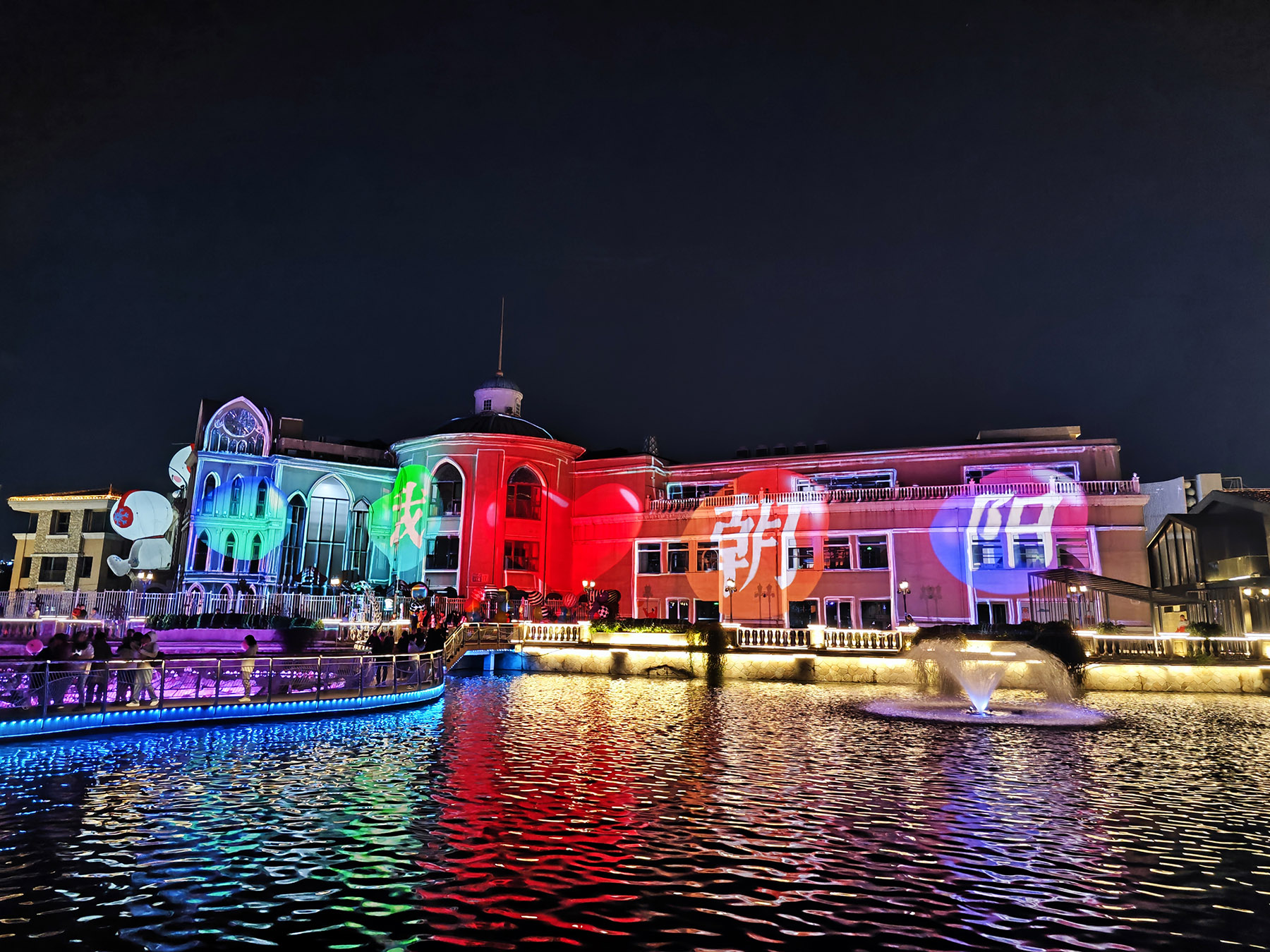
The 2024 Beijing Chaoyang International Light Festival, which kicked off on Oct 18 and will continue until Nov 10, has illuminated the city including places such as the Olympic central area and the Liangma River zone, merging modern technology with artistic brilliance to provide a visual feast for the public.
The opening ceremony on the night of Oct 18 attracted people of all ages to get together and enjoy the light show with music, as well as snacks and drinks at a market nearby.
READ MORE: Drone extravaganza
"The 'light apples' with yellow and red colors are hanging in the trees along the site, making the night look so pretty," says a local resident, Li Lingling, in her 20s. "The snack stalls provide so many choices. It has a chill vibe to eat and drink outside here, enjoying a night at the weekend with lights, music and a cool breeze."
Wen Xian, Party secretary of Chaoyang district, says that the festival, leveraging artificial intelligence digital technologies, will serve as a big stage for artists from home and abroad, international sporting events, and corporate entities, inviting people to delve into the boundless realms where light intersects with technology, art and culture in the vibrant heart of Chaoyang.
More than 40 light installations, nine art projects and over a dozen light shows have been set up in important building groups in Chaoyang district, according to the local authorities.
One of the main attractions, the Liangma River, was transformed from an ordinary waterway into a vibrant leisure destination. Its 18 kilometers of scenic waterfront paths and a 6-kilometer-long cruise route connect popular spots, such as Solana, a fashionable shopping mall near the Chaoyang Park, and Sanlitun subdistrict, a shopping, dining and nightlife area.
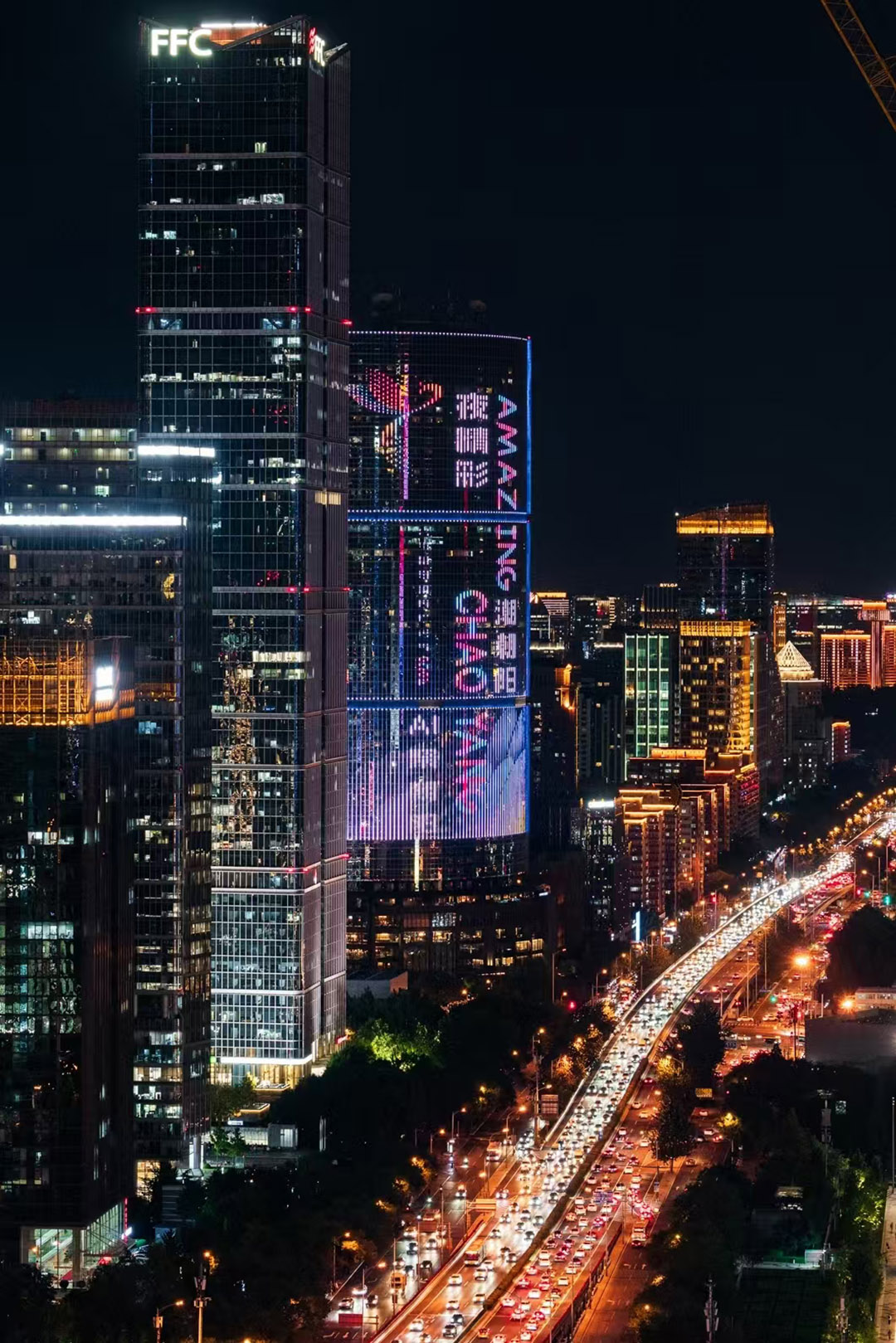
Visitors can now enjoy a mix of natural beauty, interactive art and high-tech installations.
"The river looks beautiful at night," a tourist, Chen Yun, says. "With lights reflecting off the water, it's like walking through a painting."
In addition to the light festival, the river has become well-known for creating an immersive light show under the Haoyun (Good Fortune) Bridge. This installation, using 300,000 optical fibers, re-creates Van Gogh's painting of The Starry Night, leaving visitors spellbound.
"It feels like sailing through a starry galaxy," says Li Shiqing, a visitor in awe of the mesmerizing display during her boat trip on the river.
The Liangma River economic belt has become a hub for innovative, cultural and commercial experiences and brings increasing consumption to the surrounding area. Zhang Guanbin, deputy head of Chaoyang district, says the mix of commerce, tourism, culture and sports has created a dynamic, open and fashionable district.
"We try to integrate cultural elements well into the tourism and commerce," he says, adding that projects, such as turning Wangjing Xiaojie street into an international commercial area, have also reflected this approach.
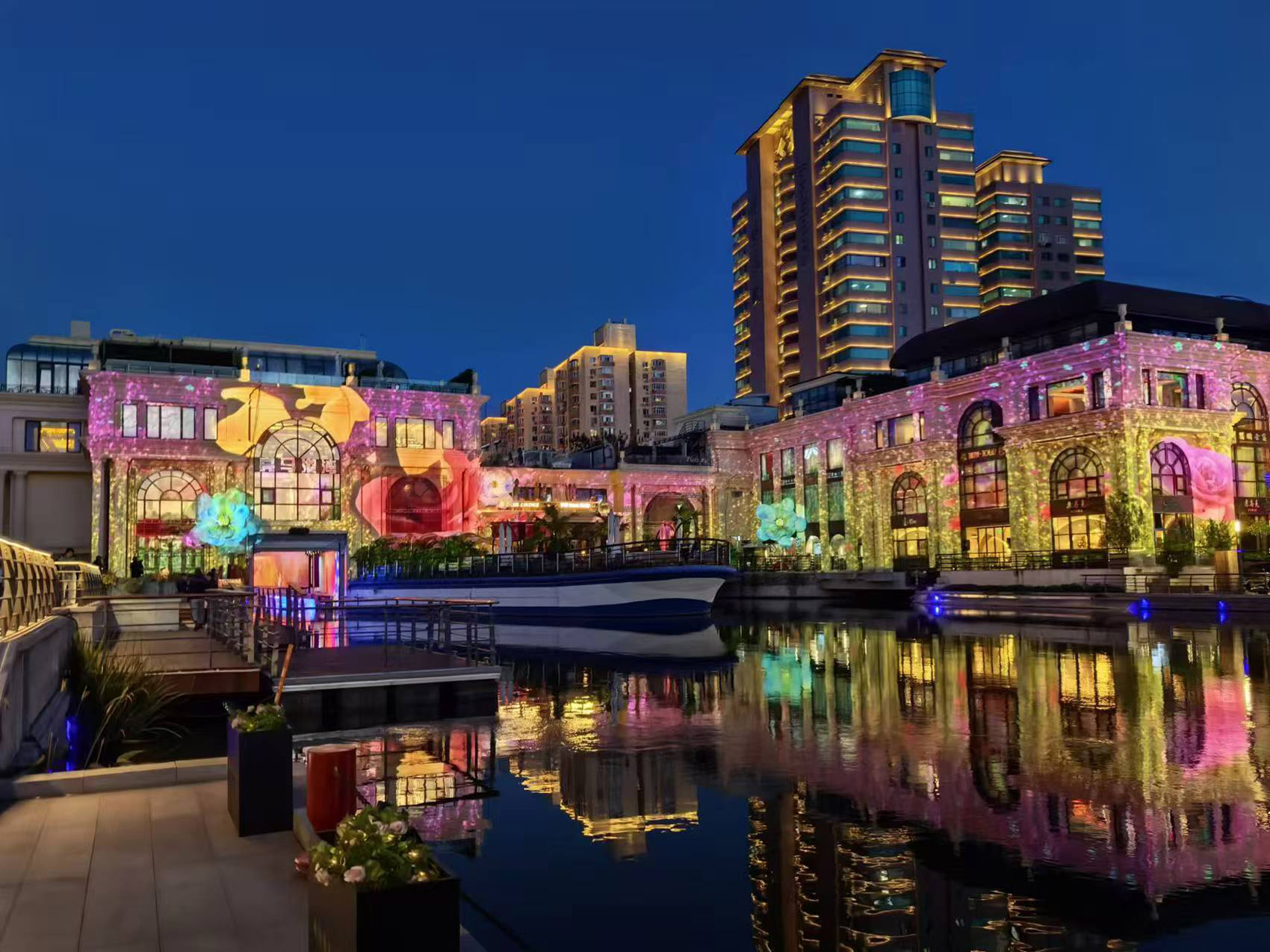
Tourists taking the river cruises along such areas can enjoy unique cultural experiences, such as traditional tea ceremonies of Song Dynasty (960-1279) style, and visit the surrounding commercial areas after their cruises, according to Zhang Xiaoyu, new media manager from the Beijing Waterfront Fun Tour Technology company. "This has led to increased footfall and new opportunities for local businesses, turning the riverbanks into thriving cultural and economic areas," Zhang says.
Chaoyang district has long been known for its iconic spots, including the Beijing central business district and the 798 art district. However, the district's emphasis on urban renewal and cultural activities has injected new life into its tourism offerings.
For instance, during this year's Dragon Boat Festival, the fifth day of the fifth month on the Chinese lunar calendar, which fell on June 10, together with the weekend on June 8 and 9, the district received 1.14 million visitors that contributed 530 million yuan ($74.4 million) in revenue — a year-on-year growth of 2.5 percent compared to the same period last year.
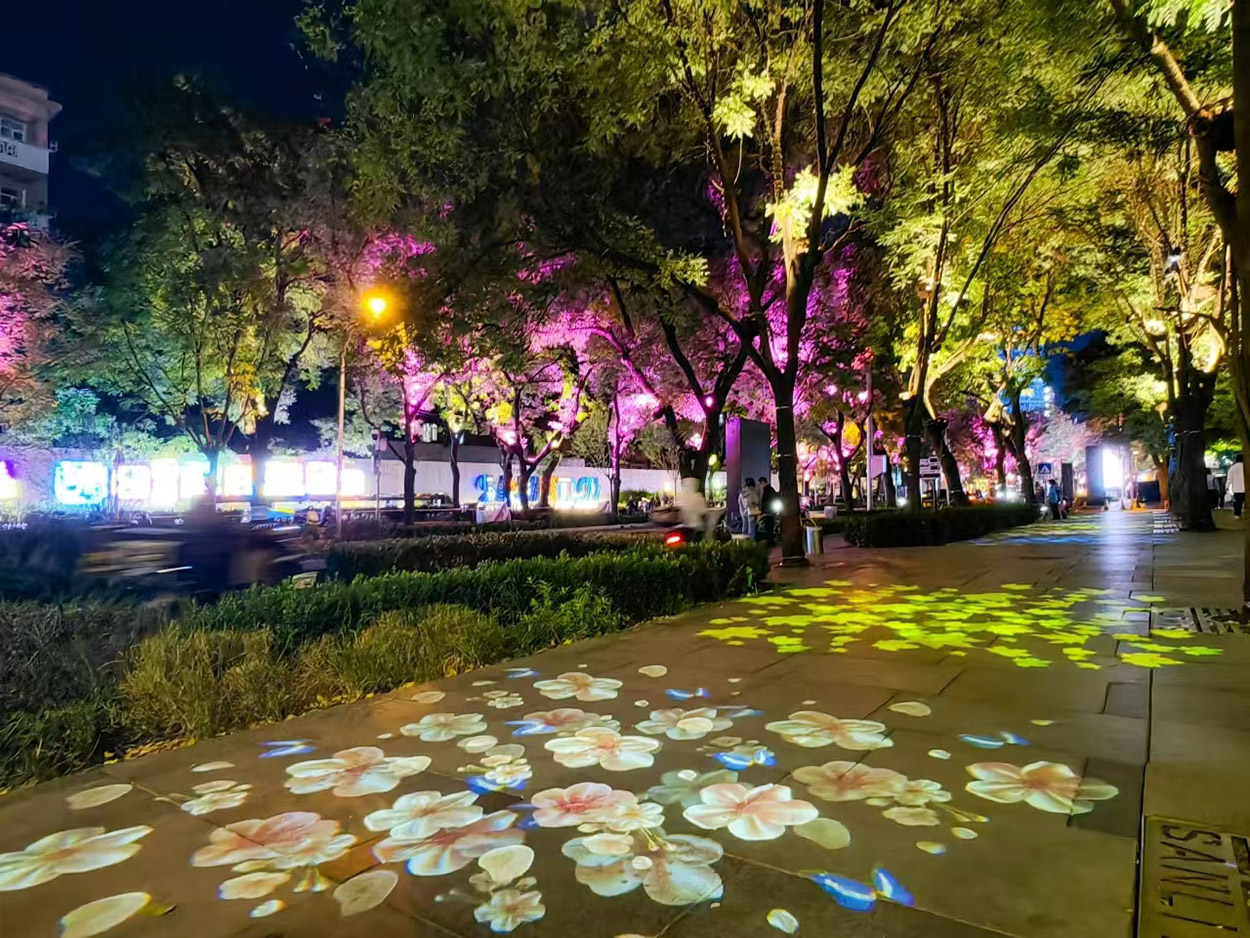
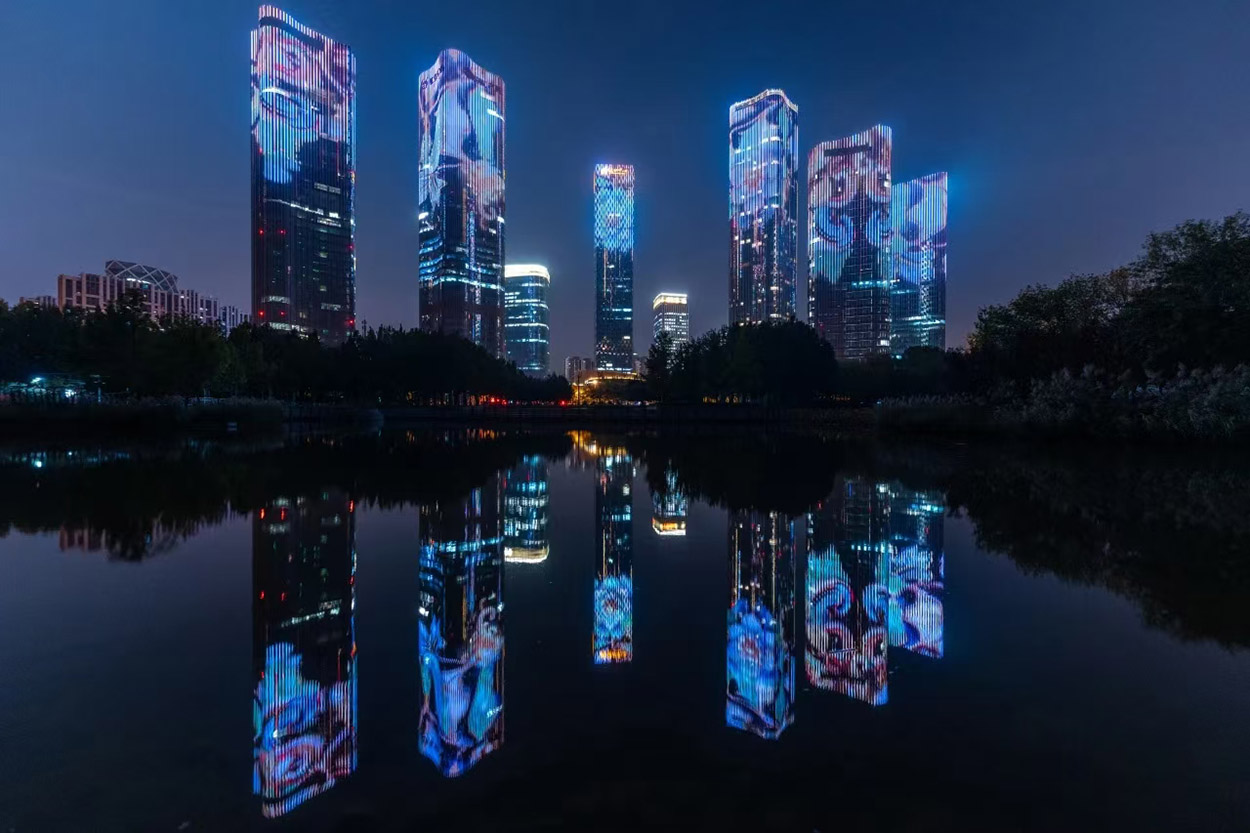
While Chaoyang district is a key player in Beijing's tourism landscape, these developments are part of a larger trend across the city.
Beijing has become a leading destination for cultural tourism, attracting millions of visitors annually. Over the National Day holiday at the start of this month, the capital welcomed over 21 million tourists, a year-on-year increase of 18.35 percent. This growth underscores the city's potential in the cultural and tourism sectors.
ALSO READ: Staging a memorable performance
"Beijing's cultural tourism sector has vast potential," says Zhao Yufeng, an associate researcher at the Chinese Academy of Macroeconomic Research. "At the same time, it's important to maintain the balance between development and preserving the city's rich cultural heritage."
Zhu Sidi contributed to this story.
Contact the writer at dujuan@chinadaily.com.cn


